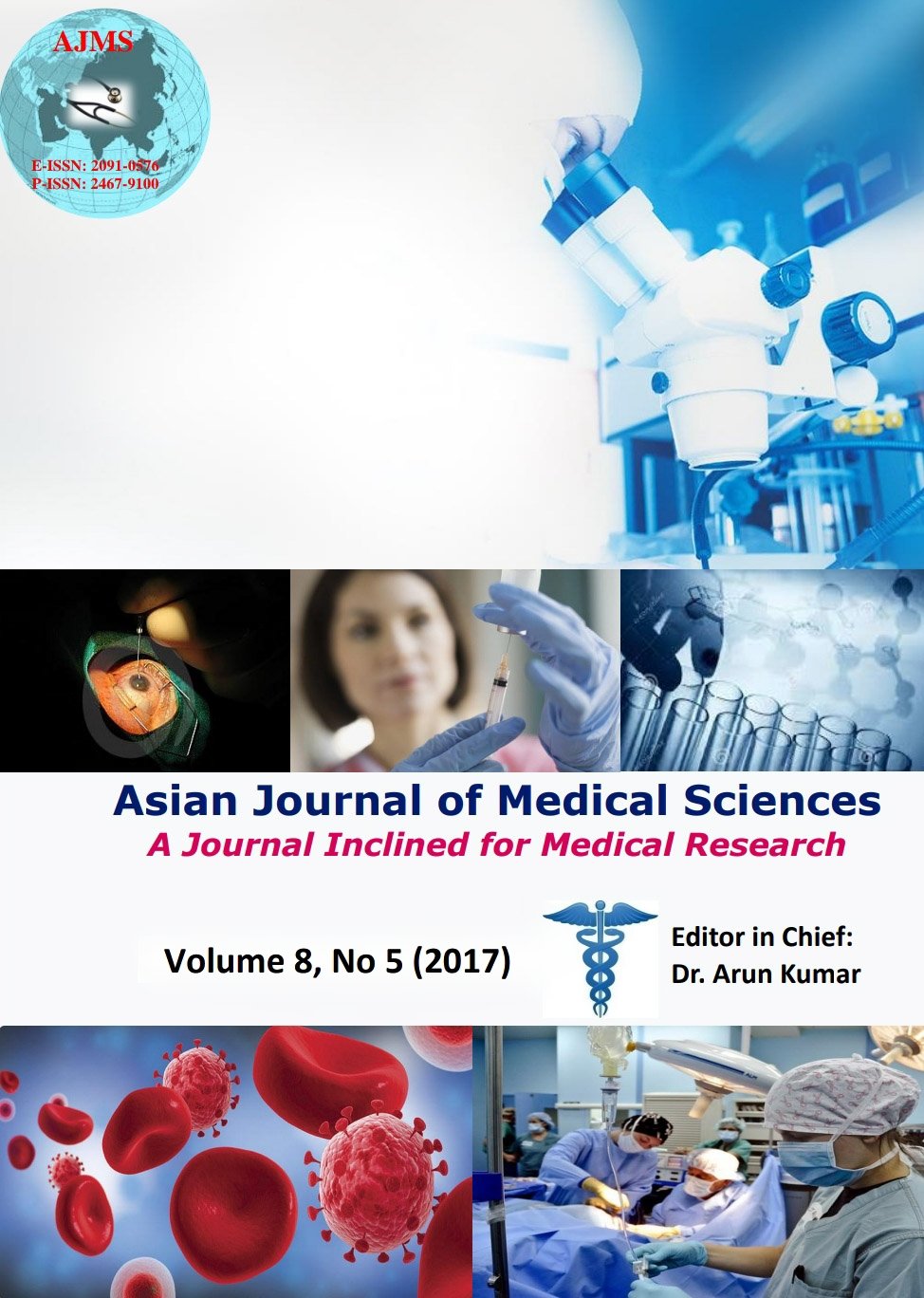Plasma homocysteine levels in patients with Psoriasis
Keywords:
Homocysteine, Psoriasis, PASI scoresAbstract
Background: Hyper homocysteinaemia represents an independent risk factor for atherosclerotic cardiovascular disease, stroke, peripheral arterial occlusive disease and venous thrombosis. Psoriasis is a chronic inflammatory skin disease associated with increased atherothrombosis and cardiovascular risk profile. Aims and Objective: The aim of this study is to investigate homocysteine in psoriatic patients and its relationship with the severity of the disease.
Materials and Methods: A case control study in 50 patients with chronic plaque psoriasis and 50 healthy controls was performed. Total plasma homocysteine level, and PASI index were assessed in every patient.
Results: Patients with psoriasis had plasma homocysteine levels higher than controls. The severity of psoriasis assessed according to PASI directly correlate either with plasma homocysteine.
Conclusion: A significantly higher prevalence of hyperhomocysteinaemia was found in psoriatic patients compared to healthy controls. Our data directly correlate the high level of homocysteine with higher PASI scores.
Asian Journal of Medical Sciences Vol.8(5) 2017 4-7
Downloads
Downloads
Published
How to Cite
Issue
Section
License
Authors who publish with this journal agree to the following terms:
- The journal holds copyright and publishes the work under a Creative Commons CC-BY-NC license that permits use, distribution and reprduction in any medium, provided the original work is properly cited and is not used for commercial purposes. The journal should be recognised as the original publisher of this work.
- Authors are able to enter into separate, additional contractual arrangements for the non-exclusive distribution of the journal's published version of the work (e.g., post it to an institutional repository or publish it in a book), with an acknowledgement of its initial publication in this journal.
- Authors are permitted and encouraged to post their work online (e.g., in institutional repositories or on their website) prior to and during the submission process, as it can lead to productive exchanges, as well as earlier and greater citation of published work (See The Effect of Open Access).




